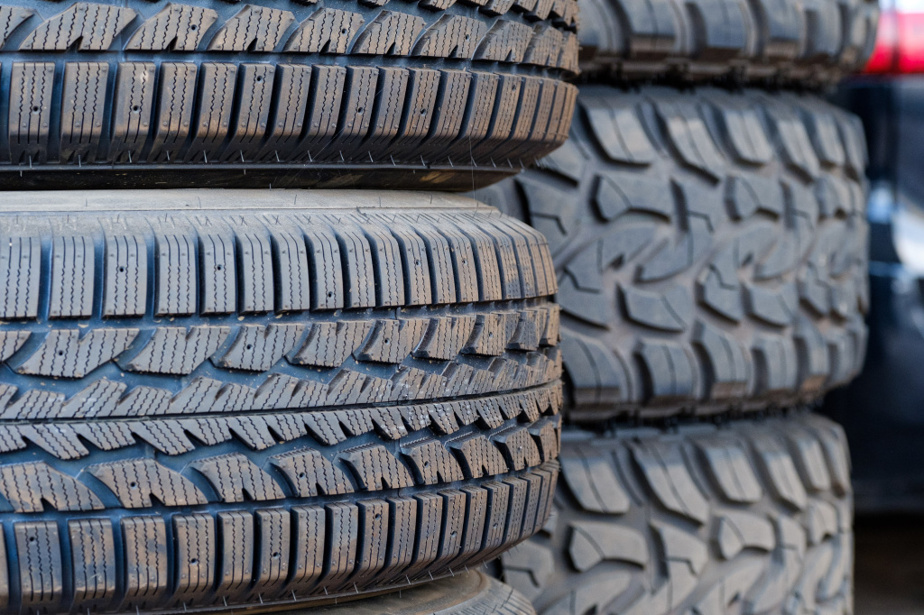We don’t always realize it, but a quarter of energy consumption comes from tires. Therefore, the size, rolling resistance and quality of tires greatly influence the range of vehicles. Whether they are electric or not.
In addition to these aspects, the electric vehicle has other particularities. It is heavy, powerful (its torque unfolds instantly) and silent. These parameters alone justify the design of specific tires, including for the winter season.
Many challenges
By reducing rolling resistance, Michelin estimates that it is possible to gain between 30 and 50 kilometers of additional autonomy using the tires. “But that’s not our only concern,” says Russell Shepherd, director of technical communication at Michelin. “Due to its weight, its lively acceleration and the power of its regenerative braking, the electric vehicle poses many technical challenges. First, it wears out its tires more quickly. »
We have to design rubbers that are more resistant to abrasion, but without compromising the expected efficiency of the vehicle in terms of road holding.
Russell Shepherd, Director of Technical Communications at Michelin
“And that’s not all,” said our interlocutor with a smile. The silence of an electric vehicle amplifies road noise. »
There are several solutions for this, including those that consist of injecting polyurethane foam inside the tire or isolating it with a membrane.
More expensive insurance
The question probably comes up often, because the answer is never very clear. Let’s start from the following premise: the more expensive a vehicle is to replace, the more expensive it is to insure. That said, electric vehicle batteries are not only expensive to replace in the event of a disaster, but also rather difficult to obtain. Add to that the cost inherent in a more specialized workforce and you have all the elements necessary to understand the higher cost of the premium.
To be sure, it is better to request a quote from three insurance companies. When doing so, find out (there are still a few) if these offer discounts for low- or zero-emission vehicles.

